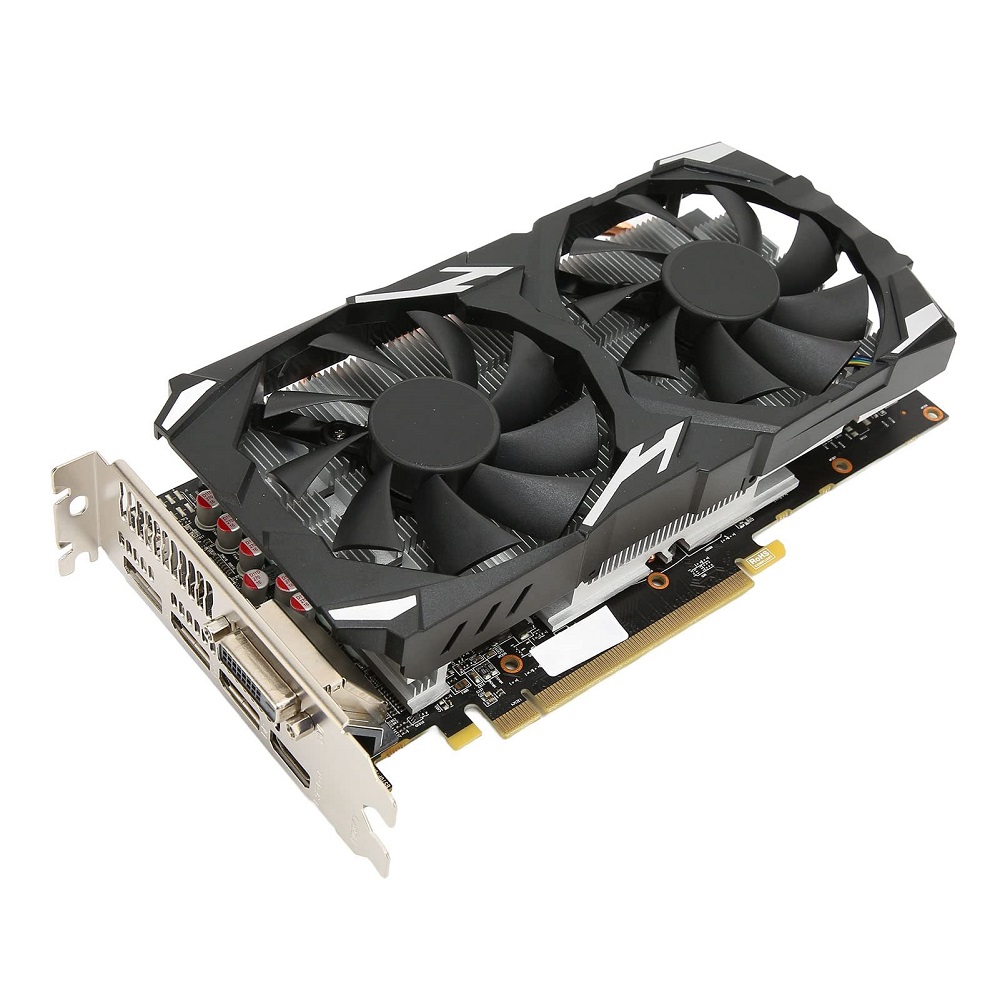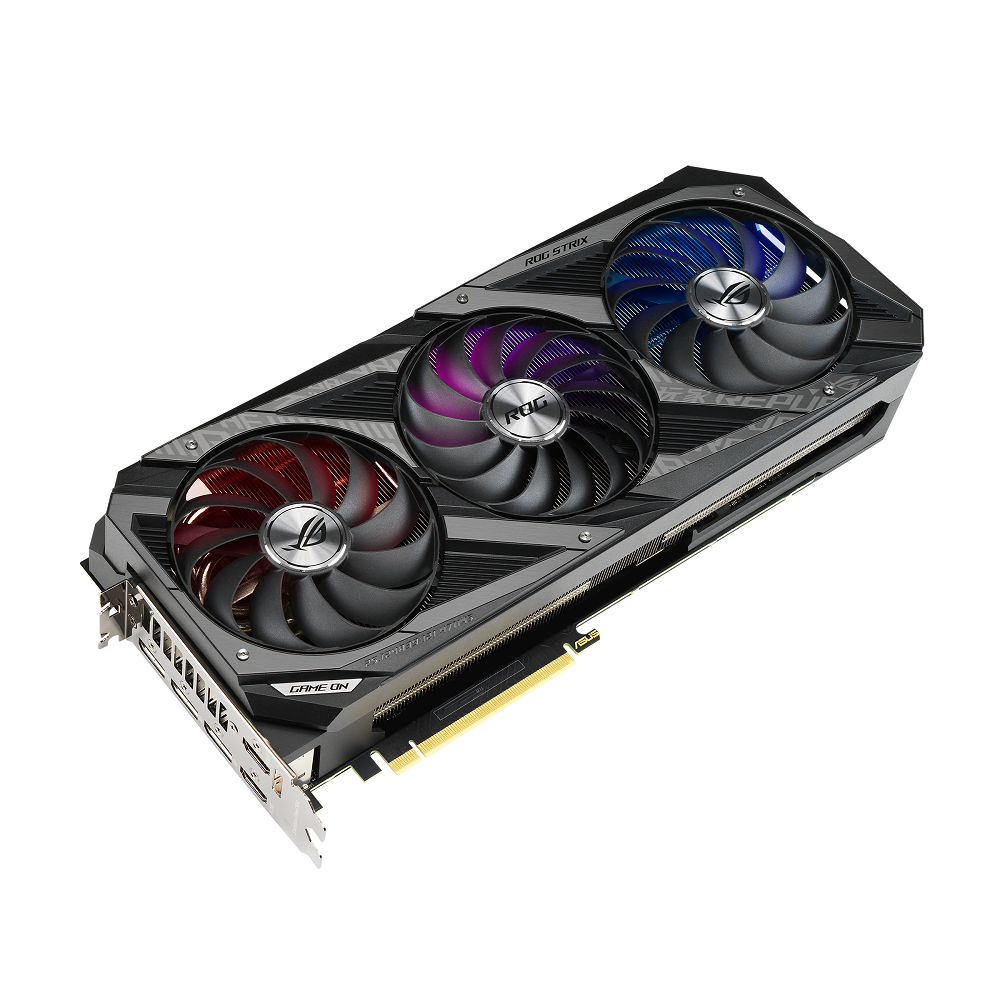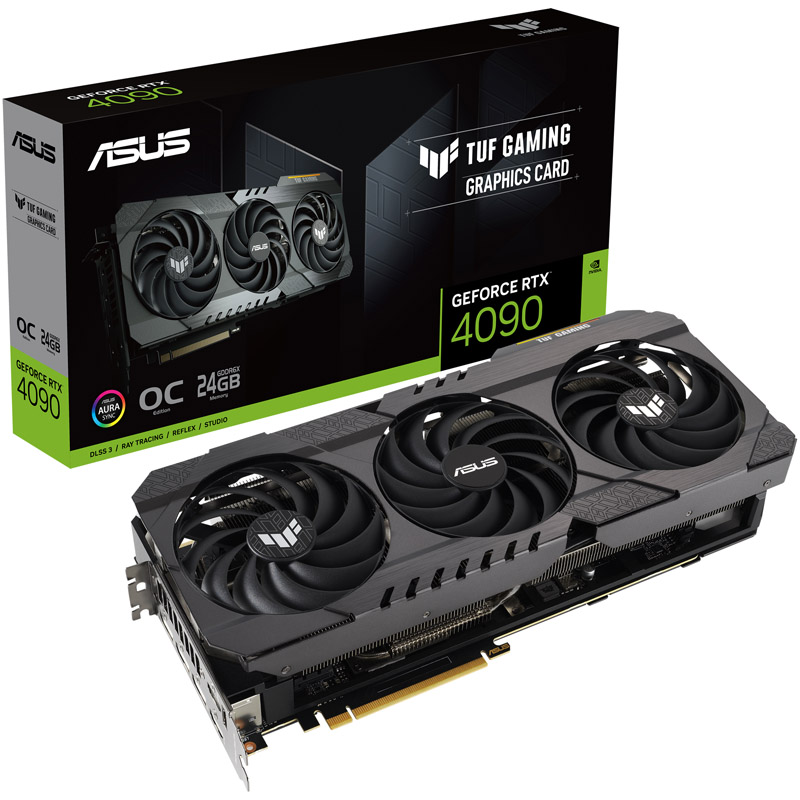Introduction to Upgrading Your Graphics Card
Upgrading your computer’s graphics card can breathe new life into your gaming and creative work. It’s often the best step to boost your PC’s visual performance. Graphics cards, released annually, come with more power and features over time. How to install a new graphics card?For avid gamers, high-performing graphics cards define the experience of the best gaming PCs.
A solid upgrade can make a significant difference, especially if your PC has been around for a few years. Typically, after you’ve replaced an older hard drive with a faster solid-state drive (SSD), the next upgrade should be the graphics card for the most noticeable improvement. This upgrade will ensure smoother gameplay, better graphics, and an overall optimized computing experience.
How to install a new graphics card? However, before purchasing a new graphics card, it is critical to understand compatibility with your system. This includes making sure your power supply unit (PSU) is adequate, verifying that your CPU is not too old to support the new graphics card, and ensuring that the graphics card will physically fit in your PC case.
If you’re ready to tackle the cosmetics of your computer and don’t mind working with its internal components, installing a graphics card can be a rewarding DIY project. Our comprehensive guide will walk you through the entire process from start to finish, providing you with the knowledge and confidence to successfully upgrade your graphics card.
Understanding Compatibility Before Purchase
Before you add a new graphics card to your PC, checking compatibility is crucial. A mismatched component can mean wasted money and effort.
Checking Power Supply Unit (PSU) Requirements
First, ensure your PSU is strong enough. Most new graphics cards need a PSU with at least 500 watts. Check your PSU’s sticker for its wattage.
Ensuring Adequate Power Connectors
New graphics cards often need more power connectors. Check if you have enough 6-pin or 8-pin connectors on your PSU.
Verifying CPU and Graphics Card Synchronization
Your CPU’s speed can limit a new card’s performance. Check that your CPU is not too old to match the new graphics card’s speed.
Assessing Physical Space in PC Case
Graphics cards can be big. Measure the space inside your case to make sure the new card will fit.

Preparing for Installation
To ensure a smooth graphics card upgrade, prepare by uninstalling old drivers and gathering tools.
Uninstalling Old Graphics Drivers
Before inserting your new graphics card, remove old drivers to avoid conflicts. If you’re upgrading within the same brand, like Nvidia to Nvidia, this step may be skipped. For brand switches, like AMD to Nvidia, it’s critical. Use your computer’s Settings app to uninstall the current graphics driver.
Gathering Necessary Tools
You will need minimal tools for installation. A Phillips head screwdriver is often the only tool required. Check the new graphics card’s manual to confirm if any additional tools are needed. Ensure you have everything ready before you start the hardware installation process.
Step-by-Step Graphics Card Installation Guide
Installing a new graphics card can be an exciting upgrade for any PC enthusiast. With the preparation complete and compatibility checked, it’s time to move to the actual installation process. Let’s guide you through it, step by step.
Powering Down and Opening the PC Case
Start by shutting down your computer correctly. Click the Start menu, choose ‘Power,’ and then ‘Shut Down.’ Once off, remove the power cable for safety. Locate the screws on the back of your PC case. Undo these screws to take off the side panel.
Removing the Existing Graphics Card
If there’s an old graphics card, you’ll need to remove it first. Check for a latch at the end of the PCI Express slot. Release it to free the card. Unscrew the backplate holding the card in your PC case. Gently rock the card out of its slot.
Securing the New Graphics Card in the Slot
Hold the new graphics card over the slot you just freed. Carefully align it and press firmly down. You should hear a click when the PCI Express slot latch locks it. Replace the backplate screws to secure the card in the case.
Connecting the Power Supply to the Graphics Card
Look for PCI Express power connectors on your new graphics card. They may be 6-pin or 8-pin, depending on the model. Plug in the required cables from the power supply unit (PSU). Make sure the connections are solid and match your graphics card specifications.
This step-by-step guide is designed to be clear and effort-free. Doing the installation yourself not only saves time and money but also gives you a sense of accomplishment. Remember to handle each component with care, and don’t rush. If you follow these steps, you’ll be ready to enjoy your upgraded PC graphics in no time.

Finalizing the Installation
Now that your graphics card is securely in place, we’ll wrap up with some final steps.
Closing the PC Case and Reconnecting Cables
After connecting your new graphics card to the power supply, it’s time to shut the case. Carefully replace the side panel of your PC case. Tighten the screws you removed earlier. Be cautious not to pinch any wires. Now, reconnect all cables, including power and any external devices.
Starting the Computer and Checking Display Output
Plug your computer back in and press the power button. If connected correctly, your monitor should display an image, though it may be at a lower resolution until drivers are installed. If you see no display, turn off the computer and check your connections again. Make sure the graphics card is fully seated and all cables are secure.
By handling the hardware methodically and with care, you have successfully mastered how to install a new graphics card. It’s a straightforward process that can dramatically improve your PC’s visual output. Remember to take your time and follow each step as described and you’ll be set for an enhanced computing experience.
Installing and Updating New Graphics Drivers
Once your new graphics card is in place, the next step is installing the correct graphics drivers. These drivers ensure that your card and computer communicate effectively. Without them, you won’t get the full benefits of your upgrade.
- Start Your Computer: With the hardware installed, turn your computer on. Your system should detect the new card, even without the drivers, displaying at a basic resolution.
- Download Drivers: Go to the graphics card manufacturer’s website to download the latest drivers. Choose drivers that match your card and operating system.
- Run the Installer: Open the downloaded file and follow the on-screen instructions. The setup will guide you through the installation.
- Restart Your Computer: After installing the new drivers, reboot your computer. This will complete the setup process and apply the changes.
- Adjust Settings: Once your computer is back up, right-click on your desktop and select your graphics card’s control panel. Here, you can adjust settings to your preference.
Remember to check your drivers regularly. Manufacturers often release updates that can improve performance, fix bugs, or add new features. To stay up-to-date, either set your drivers to update automatically or check the manufacturer’s website periodically.

Troubleshooting Common Graphics Card Installation Issues
How to install a new graphics card? Even with careful installation, you might encounter issues with your new graphics card. Common problems include display issues, system not booting, and driver conflicts. We’ll address these issues with simple solutions to get you gaming smoothly in no time.
No Display After Installation
If your monitor is blank after installation, first check all connections. Ensure your graphics card is firmly seated and power cables are plugged in. Also, check the monitor’s connection to the card.
Computer Not Booting Up
If your computer does not start, check the power supply. Your PSU should meet the graphics card’s requirements. Make sure the PSU cables are properly connected to the card.
Experiencing Driver Conflicts
Driver conflicts can occur, especially if switching from AMD to Nvidia or vice versa. Remove old drivers using the computer’s Settings app and install the correct new drivers.
Graphics Card Not Recognized
Sometimes the system doesn’t recognize the new hardware. You may need to adjust BIOS settings or ensure the card is compatible with your motherboard.
Overheating Graphics Card
How to install a new graphics card? If your graphics card is overheating, it might shut down to prevent damage. Check for obstructed airflow, remove dust, and consider improving case ventilation.
By methodically troubleshooting, you can overcome common graphics card installation issues. Remember that precautionary measures, like updating drivers and ensuring compatibility, can prevent many problems.
